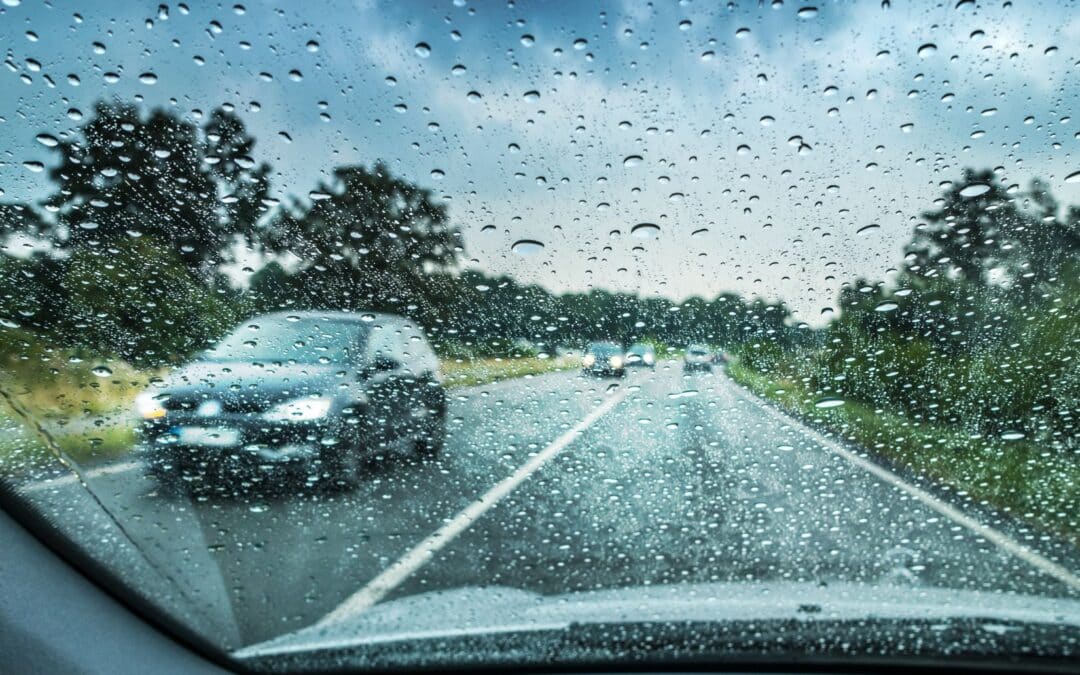With the increasing presence of autonomous vehicles on Chicago’s roads, understanding the factors that affect their safety is crucial. As a leader in personal injury law, Bizzierilaw.com explores the relationship between weather conditions and autonomous vehicle safety.
(Human Error vs. Machine Error: Who’s Liable in Autonomous Accidents?)
Inclement Weather: A Challenge for Autonomous Vehicles
Autonomous vehicles rely on sophisticated sensors and cameras to navigate roads safely. However, inclement weather conditions can significantly impair these systems, increasing the risk of motor vehicle accidents.
Rain and Fog
Rain and fog are common weather conditions in Chicago that can reduce visibility and traction.
- Reduced Sensor Accuracy: Rain and fog can obscure camera and sensor views, making it difficult for autonomous vehicles to detect obstacles, pedestrians, or other vehicles. This reduced accuracy can lead to delayed reactions or incorrect decisions, increasing the risk of accidents. Additionally, water droplets on lenses or sensors can cause false readings or malfunctions.
- Increased Stopping Distance: Wet roads increase stopping distances, making it challenging for autonomous vehicles to react in time to avoid collisions. This is particularly concerning in urban areas like Chicago, where stopping distances are already shorter due to heavier traffic and more frequent intersections.
Snow and Ice
Snow and ice pose significant challenges for autonomous vehicles.
- Lane Detection Difficulties: Snow-covered roads can make lane detection difficult, increasing the risk of drifting or losing control. Furthermore, snowbanks and ice formations can obscure or damage sensors, compromising the vehicle’s ability to detect its surroundings. This can lead to accidents or near-misses, especially in areas with heavy snowfall like Chicago’s Lake Shore Drive.
- Reduced Traction: Ice and snow reduce tire traction, affecting acceleration, braking, and cornering. This reduced traction can cause autonomous vehicles to lose control or slide, potentially leading to accidents or injuries.
Extreme Temperatures
Extreme temperatures can impact autonomous vehicle performance.
- Battery Efficiency: Extreme heat or cold can reduce battery efficiency, affecting the vehicle’s range and overall performance. This is particularly concerning in Chicago, where temperatures can fluctuate significantly between seasons. Prolonged exposure to extreme temperatures can also reduce battery lifespan.
- Sensor Malfunction: Extreme temperatures can cause sensor malfunctions, compromising the vehicle’s ability to detect and respond to its environment. For example, extreme cold can cause camera lenses to fog or ice over, while extreme heat can cause sensors to overheat and fail.
Liability Concerns in Motor Vehicle Accidents
In the event of motor vehicle accidents involving an autonomous vehicle, determining liability can be complex.
- Manufacturer Liability: Manufacturers may be held liable for design or software flaws that contribute to accidents. This can include failures in sensor design, software updates, or inadequate testing for various weather conditions.
- Operator Liability: Human operators may be liable if they fail to take control of the vehicle in emergency situations. This can include failing to monitor the vehicle’s surroundings or ignoring warnings from the autonomous system.
Conclusion
While autonomous vehicles offer promising safety benefits, inclement weather conditions pose significant challenges. Understanding these challenges is crucial for ensuring public safety and addressing liability concerns.
If you’re looking for an experienced Chicago personal injury lawyer to help navigate your personal injury claim, we will fight assiduously for your right to the compensation you deserve. Call Bizzieri Law Offices at 773.881.9000. The case evaluation is free, and we never charge a fee unless we recover damages for you.

